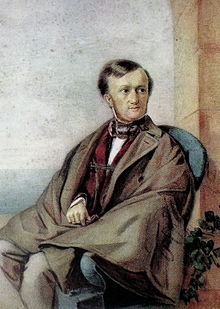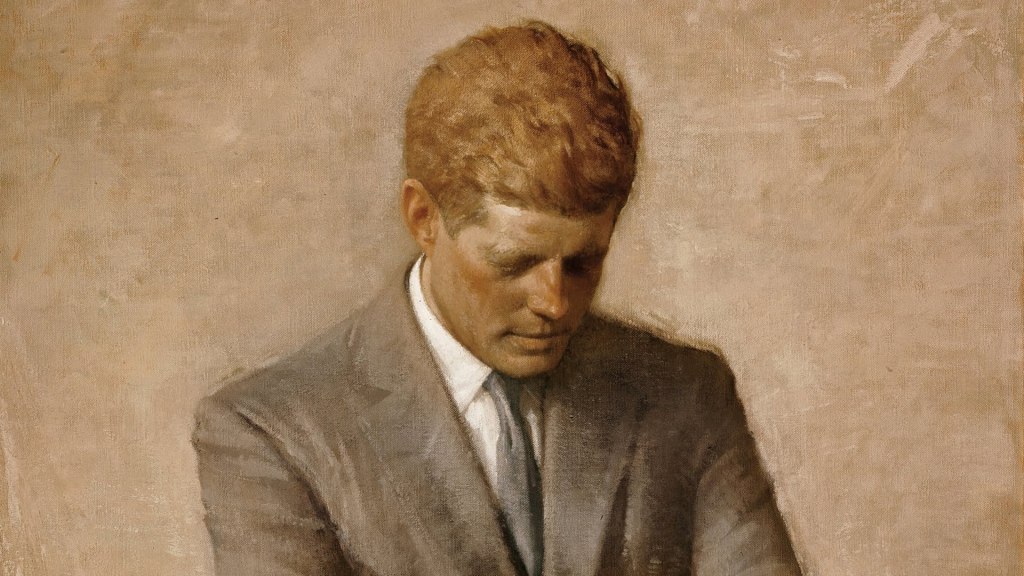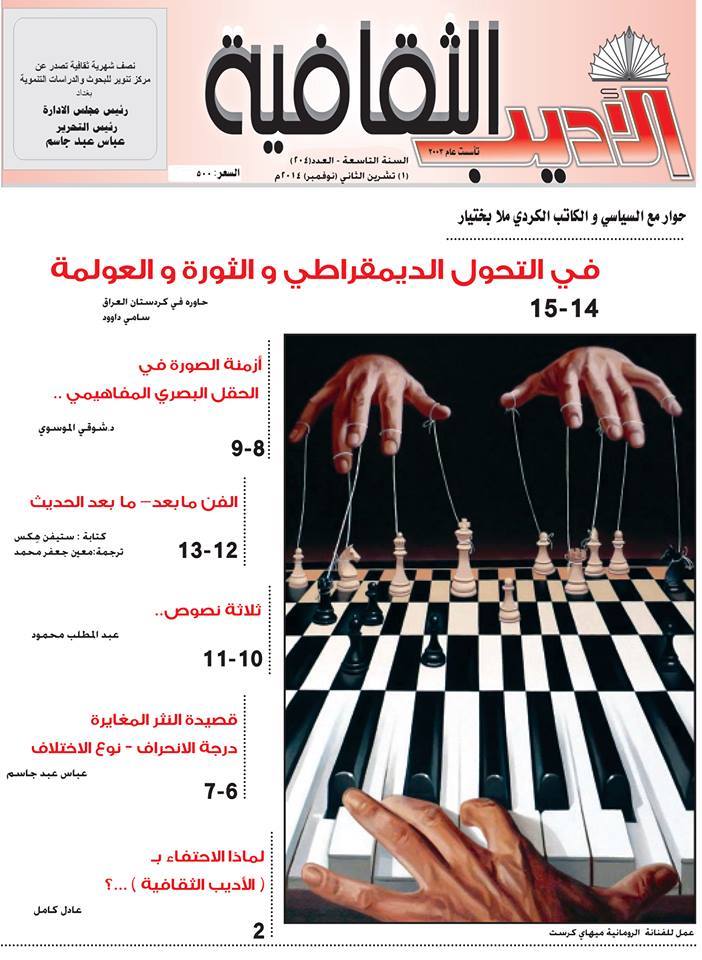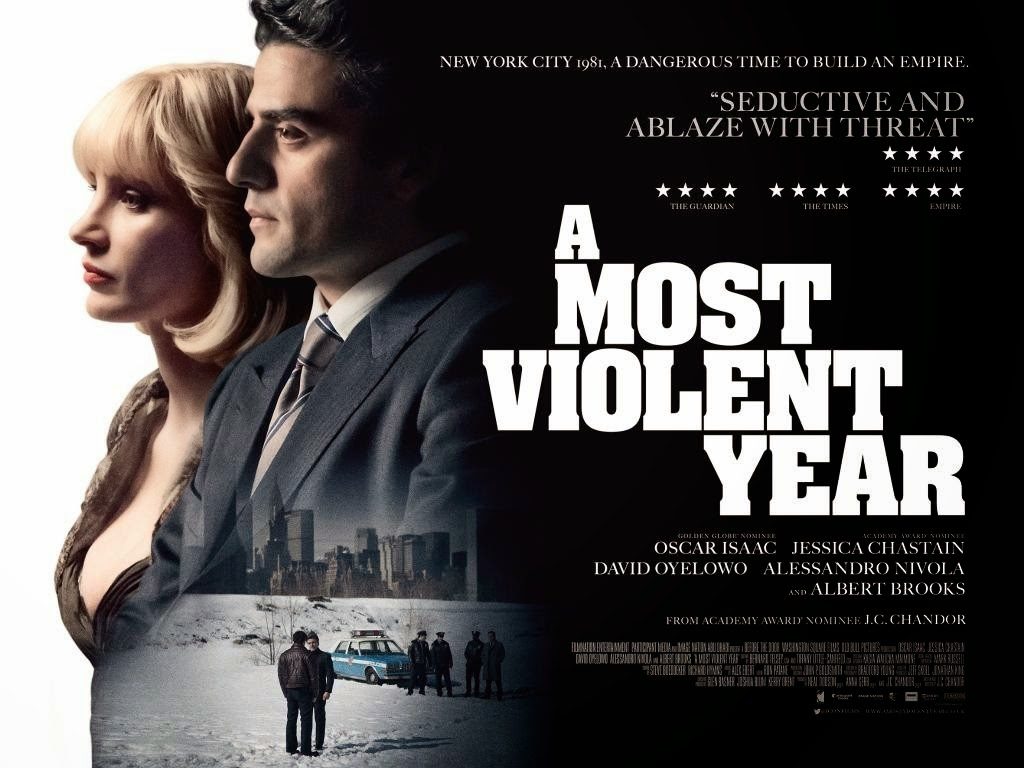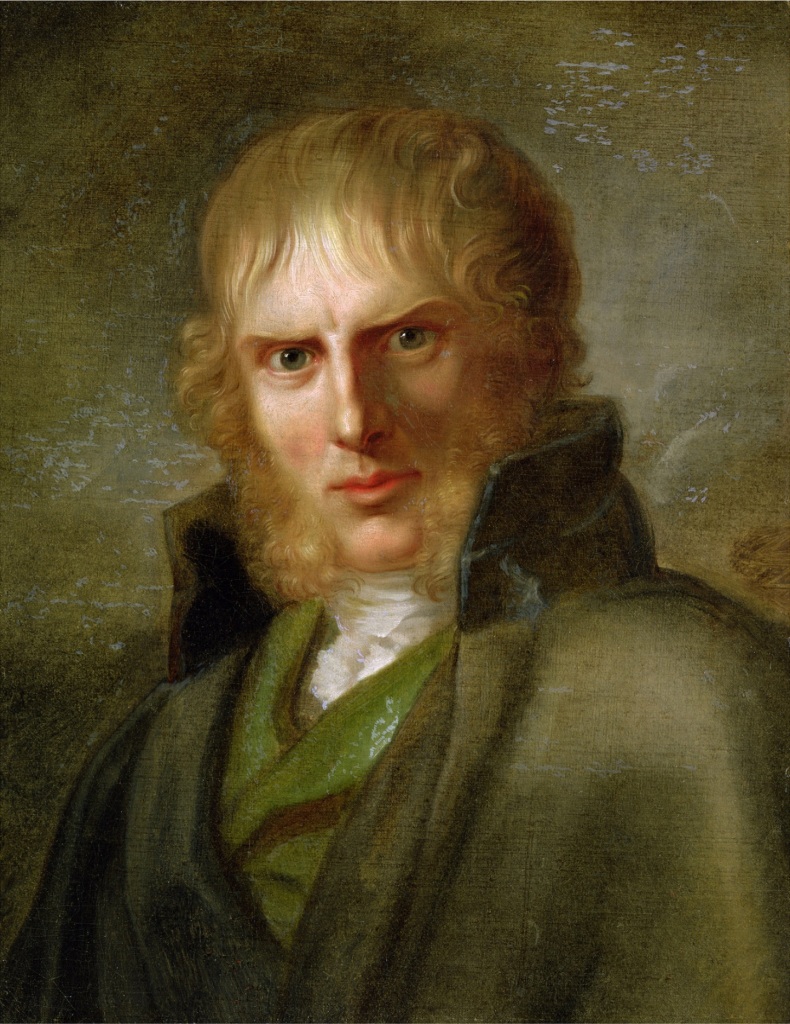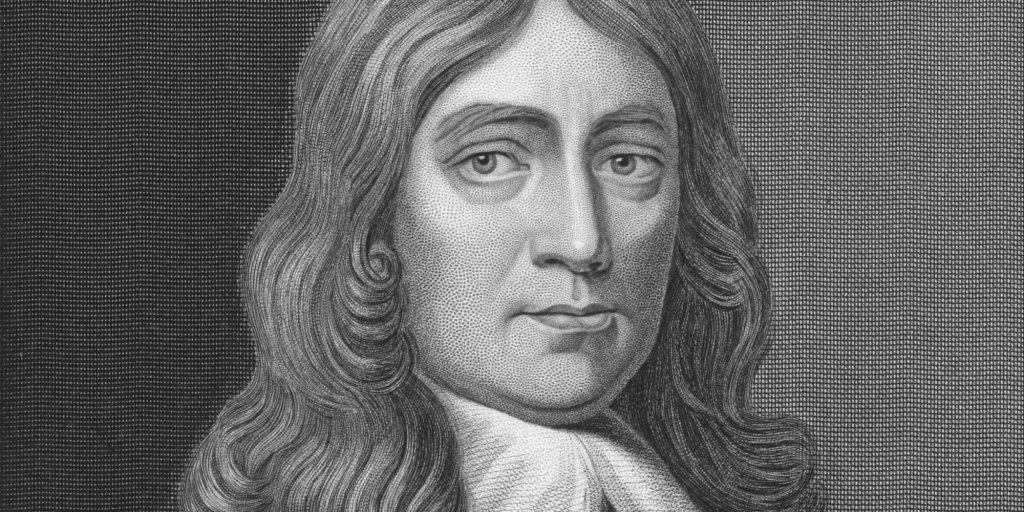Richard Wagner’s “Art and Revolution” text
[Below is the text of Richard Wagner’s 1849 essay “Art and Revolution” (and here is a PDF version).] Richard Wagner “Art and Revolution” Almost universal is the outcry raised by artists nowadays against the damage that the Revolution has occasioned them. It is not the battles of the “barricades,” not the sudden mighty shattering of the pillars […]
Richard Wagner’s “Art and Revolution” text Read More »
